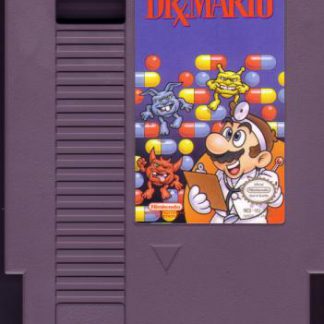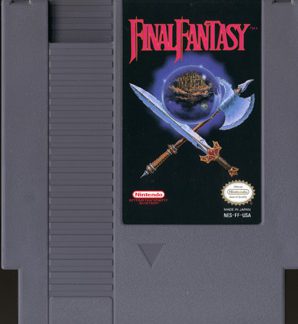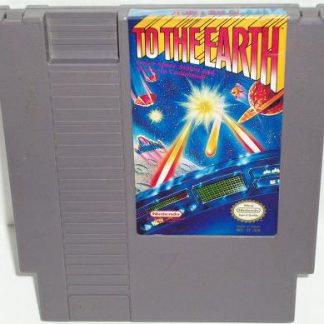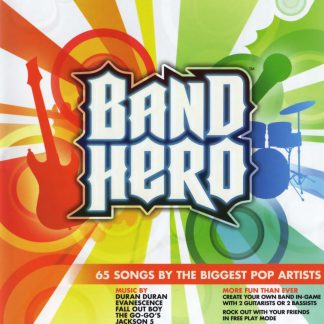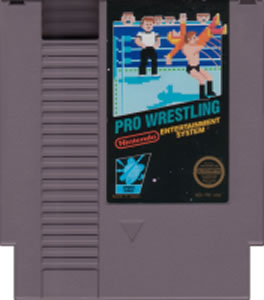
While I found it strange growing up to see bootleg cartridges of Sega arcade games for the NES I will admit there was something pretty cool about playing the “other” guys games on your platform of choice. Alien Syndrome turned out pretty cool and Fantasy Zone was decent. It wasn’t all gravy however; the less said about Afterburner the better. Of all of Sega’s arcade games from the 80s I certainly never thought they would even try to port Space Harrier but they did! At least in Japan. The even bigger shock is that it’s actually pretty good all things considered. Why couldn’t this have been released here instead of that awful, awful version of Shinobi?
The most important question is how does it look? The scaling tech Sega used in the arcade machine was pretty advanced for its time and there is no reasonable way the NES/Famicom could reproduce that faithfully. However that being said Takara has done an admirable job of simulating the game’s look. The checkerboard pattern of the floor has been simplified and all of the sprites have been shrunken dramatically. Otherwise the scrolling is some of the smoothest I’ve seen on the system and far better than something like 3D World Runner. It also beats the pants off the choppy mess that is the Sega Master System version which comes as quite a surprise.
There are some drawbacks to the presentation however. The game is prone to some truly awful slowdown and flicker which can be game breaking at times. The Harrier moves noticeably slower than the arcade which has an impact on playability. None of the voice samples have made it intact and the music isn’t the greatest either. In the grand scheme of things some of these problems are unavoidable while others are reasonable sacrifices to even get the game on the system.
Space Harrier was known for its blazing fast speed in the arcade and that element has been significantly toned down here. This is downright leisurely compared to the coin op and that is both a blessing and a curse. Since the game is slower you can actually react to bullets and avoid the random pieces of the environment that come speeding by. Unfortunately you also move a lot slower and I can almost guarantee will die to some not so random bullet far too often.
This was already a pretty difficult game due to the viewpoint and lack of any power-ups but this Famicom version takes it a step further. The slowdown and flicker really are pretty terrible and has a significant impact on the game. Although the game is less populated (be it enemies, bushes and stone columns) it still manages to be pretty intense which is a testament to its design that even when the elements that practically define it have been compromised it still turns out good. While I can appreciate the diversity in the game’s environments it does start to repeat itself by the halfway point. There are only a few bosses and standard enemies and the game simply shuffles them around the deeper you progress. Sometimes less is more.
For a rail shooter this is pretty long and I doubt most will see the end of this version of the game for a myriad number of reasons. Aside from the reasons outlined above you only have three lives to complete the game and that’s it. There are no continues, passwords, or battery back-up. The chance of getting any extra lives throughout the course of the game is practically non-existent; on my best run I received one extra life. One. Considering they managed to cram all eighteen levels into the game every stray bullet is terrifying; imagine reaching the 15th level only to die because a bullet that looked like it should fly by you hits you square in the face. I don’t because that’s exactly what happened to me. Its soul crushing on a level only old 8-bit video games can achieve but also makes this slightly less attractive as a package.
Considering the gap in technology this version of Space Harrier shouldn’t even exist. Yet it does and for what it is it’s actually pretty good. I’d have certainly played it had it left Japan.






